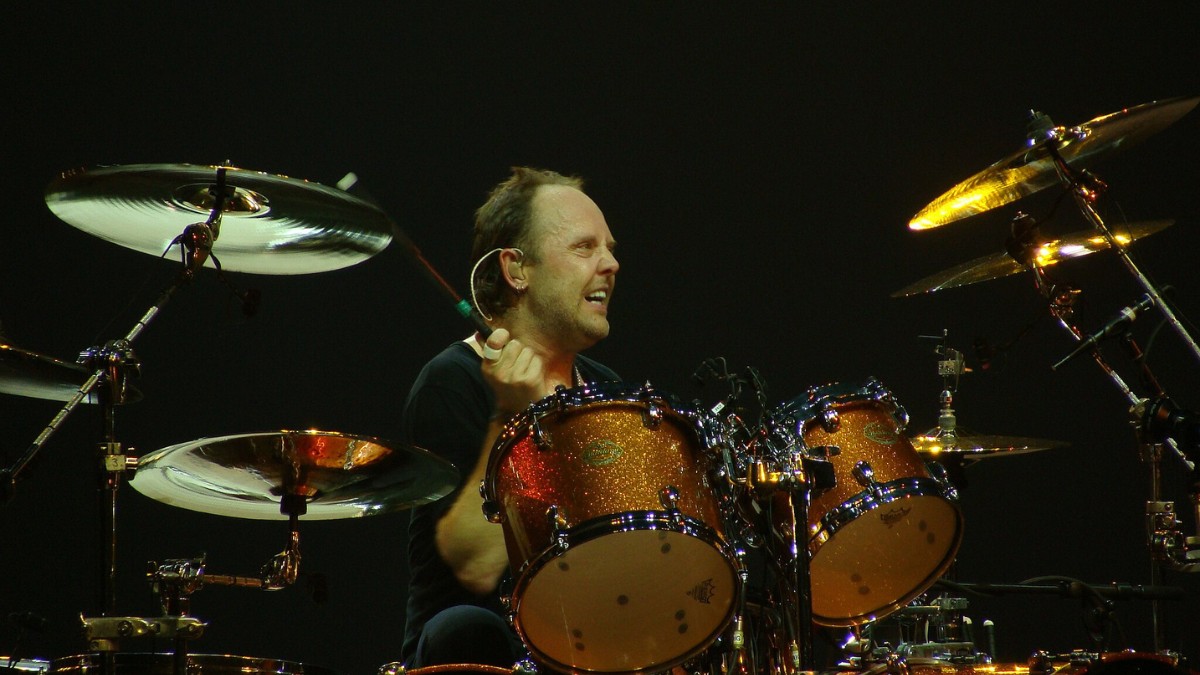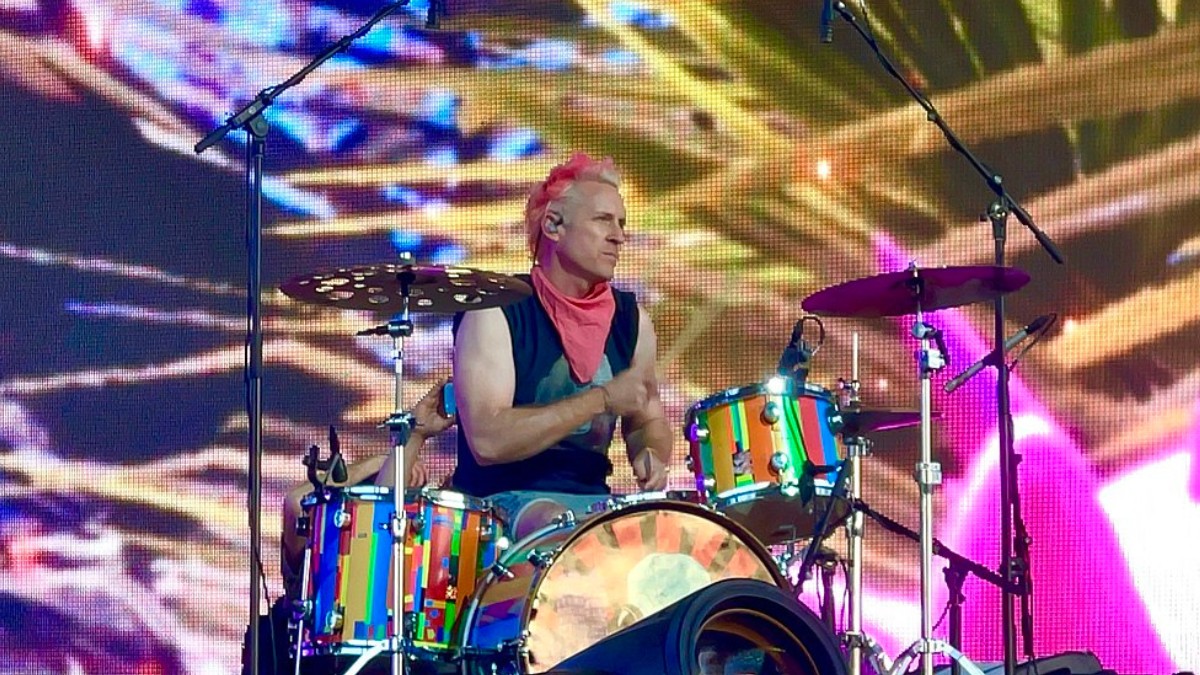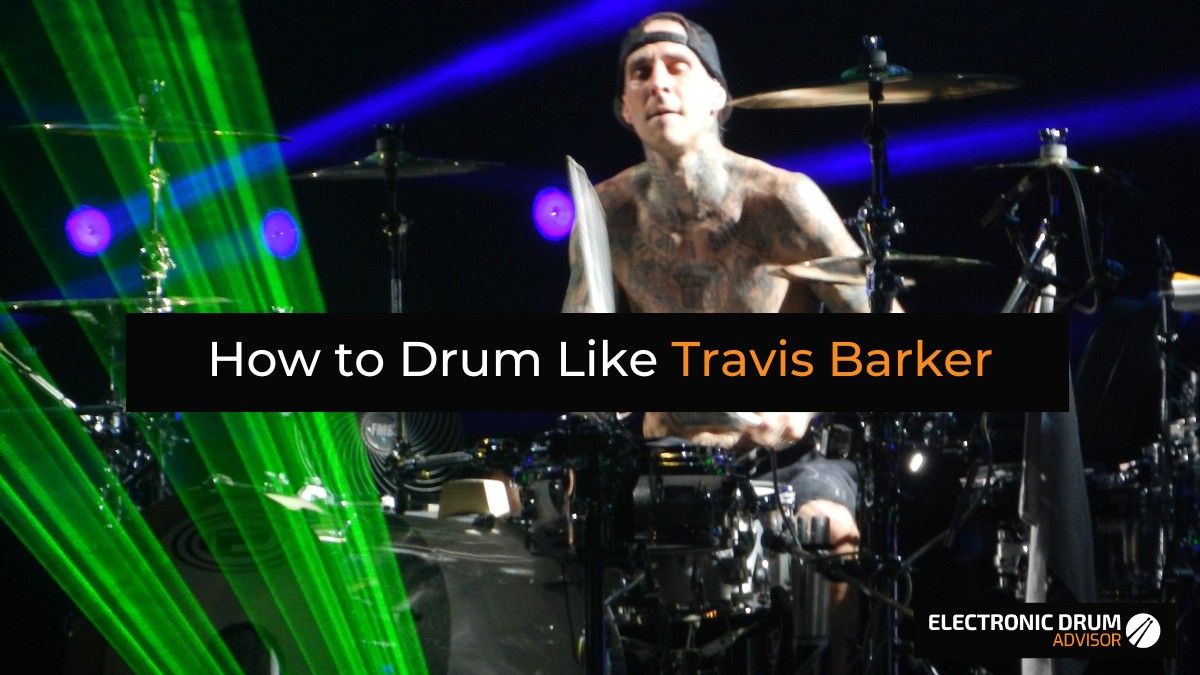Why Do Drummers Make Weird Faces?

Drummers often make weird faces due to the physical demands of their instrument and their deep emotional connection to the music. The faces not only reflect their exertion and passion but also serve to engage the audience during performances.
Drumming requires a lot of energy and precision. Due to the high exertion and physical demand, drummers will oftentimes make weird faces. They are also emotionally invested in the music so having a weird expression might just be a show of how zoned-in they are!
Contents
Drummers Known For Making Weird Faces
- Lars Ulrich (Metallica): As the drummer for one of the biggest metal bands, Ulrich often looks extremely intense when drumming, with furrowed brows and a tightly set jaw.
- Keith Moon (The Who): Moon was known for his larger-than-life personality which reflected in his drumming style. He was seen making all sorts of expressions from wide-eyed surprise to exaggerated grins and grimaces. His facial expressions seemed to match the anarchic style of his drumming, often looking as though he was caught up in the pure thrill of the music.
- John Bonham (Led Zeppelin): Bonham’s intense drumming style often led to his face reflecting the effort and focus needed to perform. His expressions were often serious and concentrated, matching his powerful and intricate drumming technique.
- Neil Peart (Rush): Known for his precision and intricate performances, Peart’s faces often reflected intense focus and concentration. When he was really caught in the moment, he’d sometimes grit his teeth or press his lips together tightly.
- Taylor Hawkins (Foo Fighters): Hawkins was known for his powerful, energetic drumming and he often appeared to be thoroughly enjoying himself while playing. His expressions often shifted from intensely focused when hitting complex fills to almost euphoric when the music really gets going.
- Travis Barker (Blink-182): Barker is well-known for his energetic punk-rock performances. When drumming, he often displays a fierce expression, frequently sticking out his tongue, squinting his eyes or biting his lips, embodying the raw energy of the music he’s playing.
- Ringo Starr (The Beatles): Ringo’s expressions while drumming were often cheerful, with lots of smiling and nodding to the rhythm, reflecting the joy he found in his music.
- Dave Grohl (Nirvana, Foo Fighters): Grohl’s intense and high-energy drumming style often results in a range of expressions. From concentration during complex sections to almost a wild, animal-like intensity during heavier parts, his faces often reflect the raw power and emotion of the music.
The Physical Demands of Drumming
Drummers’ faces frequently react as their bodies engage in a hard workout. Their bodies are put through a workout that can be as rigorous as a high-intensity gym session as they perform. Key aspects that contribute to the drummer’s facial expressions include:
- Coordinated limb movements: Drummers need to synchronize their arms and legs to maintain rhythm and strike their instruments correctly.
- Muscle and stamina development: Striking drums with accuracy and speed requires strength and endurance built up through constant practice.
- Adrenaline and sweat: The adrenaline rush of performing combined with the physical exercise causes drummers to perspire, leading to facial expressions related to physical effort and exhaustion.
As these physical demands unfold, the drummer’s face naturally reflects expressions of concentration, exertion, and even discomfort. This phenomenon, known as the “drummer face,” reflects the body’s natural response to intense exercise and demonstrates how passionate and dedicated drummers are to their craft.
Just take a look at Greyson Nekrutman as he recreates the famous Whiplash drum solo:
Emotional Connection to the Music
Musicians often get lost in the music, which greatly influences their facial expressions. If you’ve seen the movie “Soul”, you probably know what I’m talking about. Important factors contributing to these expressions include:
- Immersion in the rhythm: Drummers need to stay connected to the rhythm and beat of the music, which demands an intense focus that often reflects on their faces.
- Emotional portrayal: As drummers feel the emotions evoked by the music, they may unconsciously allow these feelings to manifest in their facial expressions.
- Personalized interpretation: Each drummer brings their unique personality and connection to the music they play, adding another layer of emotional depth that can be seen in their expressions.
As drummers concentrate, it’s only natural that their faces display a wide range of emotions, from joy and excitement to intensity and determination. These expressive faces help convey their passion for the music, and in turn, enable audiences to feel a deeper connection to the performance.
Conclusion
In conclusion, the phenomenon of drummers making weird faces can be attributed to multiple factors: the physical demands of drumming, their emotional connection to the music, and the necessity to engage the audience.
These facial expressions often deepen the connection with the audience, because the drummer shows a glimpse into their emotional state during the performance. In turn, audience members are more likely to feel engaged and drawn into the music.
These expressive faces are a testament to the intense physical exertion and the deep focus required to perform complex rhythms. Furthermore, they showcase the drummer’s emotional investment in their music while harnessing the power of nonverbal communication to captivate the audience.
Lars Ulrich Featured Image by: Alberto Cabello from Vitoria Gasteiz, CC BY 2.0, via Wikimedia Commons







